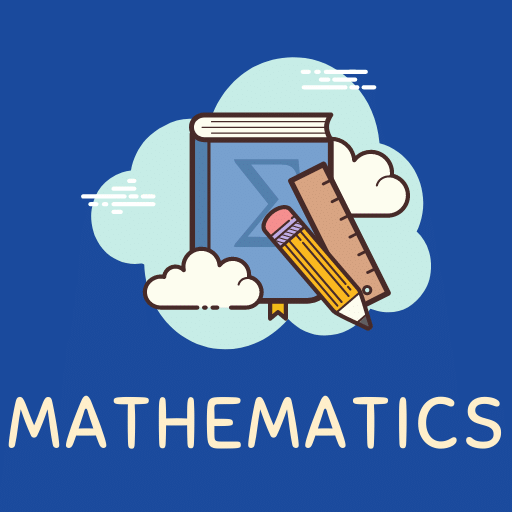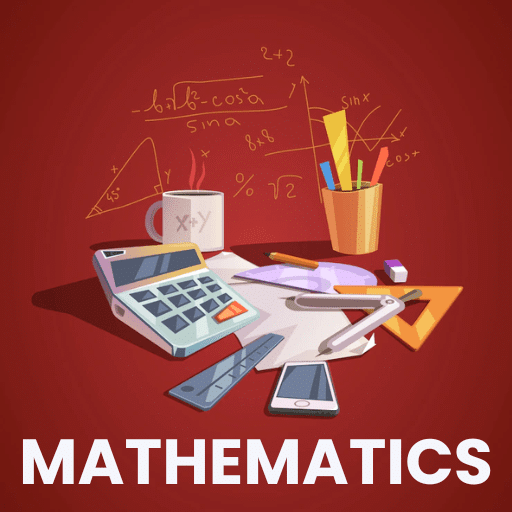Communication Process - Promotion, Principles of Marketing | Principles of Marketing - B Com PDF Download
Communication process
Marketing communications process consist of integrated activities in which the targeted audience is identified and a well coordinated promotional program is prepared to generate the desired response from the audience. Most problems of preferences, image and immediate awareness in the target customers is focused by the marketing communication. But there are certain limitations associated with the concept of communication. These limitations include high cost and short term duration that cannot generate the desired results from the targeted customers.
In recent years Marketing Communication is used by most of marketers as building customer relationship at the stages of pre-selling, selling, utilization, and post utilization. Due to differences in customers, different programs of communications are developed for specific segments & niches.
Element of Marketing Communication Process]
For Effective Communication, the marketer should know how communication works? Following are the nine elements that are involved in the marketing communication process.
-
Sender
-
Encoding
-
Message
-
Media
-
Decoding
-
Receiver
-
Response
-
Feedback
-
Noise
Each of these is discussed one by one.
1. Sender:
The party or person who is sending the message to the other party or person is the sender.
2. Encoding:
The conversion of thought into the meaningful symbols is called encoding.
3.Message:
The group of symbols transmitted by the sender is called a message.
4.Media:
The channel of communication through which transfers the message from sender to receiver is called media.
5. Decoding:
The conversion of symbols into meaning by the receiver is called decoding.
6. Receiver:
The sent message received by another person or party is called the receiver.
7. Response:
The reaction shown by the receiver before the message is called response.
8. Feed Back:
The portion of the response of the receiver that is sent back to the sender is called feedback.
9. Noise:
The unplanned distortion during the process of communication due to which the receiver understands the wrong meaning of the original message is called noise.
The effective message is that where the process of encoding is matched with the decoding of messages. The message sent should be consisted of words and symbols that are known to the receiver.
Marketing Communication Process Steps
There are certain steps that should be involved in the effective marketing communication process. The marketing and promotional activities should focus on these steps in order to attract a huge portion of long run customers. Following are the steps that make communication process effective.
-
Identification of the Target audience
-
Determination of the communication objectives
-
Designing of Message
-
Message Content
-
Message Structure & Format
-
Choosing Media
-
Collecting Feedback
Each of these is now explained below.
1. Identification of the Target Audience:
The first step in the effective marketing communication process is to identify the target audience. These audiences may be potential customers or other people that can influence the decisions of these customers. The audience may include the individuals, groups, general public or special public. The audience has a direct effect on the decisions of the communication, like what to say? How to say? And when to say? Etc.
2. Determination of the Communication Objectives:
In this step the marketing communicator should clear the objectives of the communication process. In most of the situations, the purchase is required by the marketing communicator, but purchase is made after a prominent customer decision making process. The communicators should also understand the standing position of the customer. Generally there are six Stages of Customer Readiness through which a customer pass to make a purchase which are as follow.
-
Awareness
-
Knowledge
-
Liking
-
Preference
-
Conviction
-
Purchase
The target group of the marketing communicator is not much familiar with the new product or its silent features. So the marketing communicator should create the awareness and knowledge of its new product and features. But this is not the surety to the success; the new product should also provide superior customer value too.
3. Designing of the Message:
In this step the marketing communication, communicator focuses upon the design of the message. Any message that can attract the attention, develop the interest, arousal of desire and stimulate the action is the effectively designed message. This procedure is best known as AIDA model that can make any message effective and potential. Besides this the marketing communicator also decides about the content and structure of the message.
4. Message Content:
In this step of the marketing communication process the content of the message is decided. The theme or an appeal is suggested that can bring the desired response from the audience or receiver. Following are the three appeals that should be used in this regard.
-
Rational appeal:
The self interest of the audience is focused on the rational appeal in which the benefits availed by the usage of the products or services.
-
Emotional Appeal:
In this case positive or negative emotions are stimulated to encourage the purchase of the product.
-
Moral Appeal:
In this situation the morality is included in the message to influence the targeted customers.
5. Message Structure & Format:
In this step the important issues of the message structure together with the message format is analyzed. In marketing communication of a product, it must be decided that the message must include the conclusion or may keep to the audience to get a conclusion from them. Or the massage presents either only the strengths of the product or both the strengths and weaknesses. Moreover the format of the message is also focused on which the size and shape use, eye-catching colors, and headlines etc are decided in the most effective manner.
6. Choosing Media:
The channels of communication are decided in this step of a marketing communication process, which may take the following two forms.
- Personal:
In this channel of communication two or more persons directly communicate with each other like face to face, through the mail, on the telephone, or through a chat on the internet. Personal Addressing and feedback is allowed in the personal communication.
- Non Personal:
Non personal messages are spread through these channels which also excludes the option of feedback. Such channels include print media, display media, broadcast media, online media etc.
7. Collecting Feedback:
This is the last step of the marketing communication process in which the feedback from the target customers. This can help the marker to alter the promotion program or other marketing activities. For this purpose the buying behavior of targeted customers is analyzed in the light of the new product. Questions may also be asked to the customers to collect their views about the positive and negative aspects of the new product.
|
39 videos|48 docs|16 tests
|
FAQs on Communication Process - Promotion, Principles of Marketing - Principles of Marketing - B Com
| 1. What is the communication process in promotion? |  |
| 2. What are the principles of marketing in the context of promotion? |  |
| 3. How can effective communication in promotion enhance business success? |  |
| 4. What role does feedback play in the communication process in promotion? |  |
| 5. How can marketers ensure consistency in their promotional communication? |  |


























